
ANNOUNCEMENT
QAD Redzone acquires Kavida — our Agents have joined the Champion AI family

Discover how AI agents are reshaping the manufacturing operating model

Hi, I’m Alison!
Share your details, and I’ll give you a call in minutes to see how we can assist.

Deployment Isn’t One-Size-Fits-All: How Kavida Deploys Agentic AI
Table of Contents
ToggleFor manufacturers, particularly in industries like aerospace and defense, the stakes are sky-high (quite literally). Every system, process, and byte of data is wrapped in layers of security, regulation, and operational precision.
That’s why so many decision-makers hear “AI deployment” and picture something messy: a rigid, cloud-first rollout that bulldoses over compliance policies, demands infrastructure changes, and turns into a headache for IT, compliance, and operations alike.
But here’s the truth: Agentic AI doesn’t have to be “one size fits all.” In fact, when deployed right, it’s the most adaptable technology you can put into a high-security environment. Agentic AI deployments bend, flex, and align with the unique compliance, governance, and infrastructure needs of each organisation, without compromising capability or security.
Kavida’s deployment framework is built to deliver agentic AI securely and seamlessly from day one.
The Reality of the Manufacturing Software Landscape
Manufacturers operate in what is arguably the most complex software environment in the world. We’re talking:
Data sovereignty regulations
Define not just what data can be stored, but where it must physically reside and under which jurisdiction’s laws it must be managed.
Granular access controls
Govern exactly who can perform which actions on specific data or systems, down to the level of individual tasks (e.g., viewing a file, editing a record, approving a transaction).
Air-gapped network environments
Physically or logically isolated from external networks, including the internet, to prevent any form of remote or unauthorised connection.
ERP and email integration hurdles
For example, aerospace manufacturers use ERP systems like SAP, which are heavily customised and demand careful field mapping and API setup, while sales and procurement teams often rely on individual inboxes, requiring process adjustments and classification safeguards before agents can operate effectively.
Historically software deployments here have been inflexible by nature. Vendors have pushed centralized, one-way deployment models that require:
- Infrastructure overhauls before installation.
- Fixed update cycles.
- Minimal post-installation adaptability without major reengineering.
This is why the myth persists: “AI can’t fit into our environment without breaking something.”
But the agentic model flips this thinking on its head.
Traditional vs. Agentic Deployment: The Flexibility Gap
The difference all comes down to configuration vs. adaptation. Here’s the breakdown side-by-side:
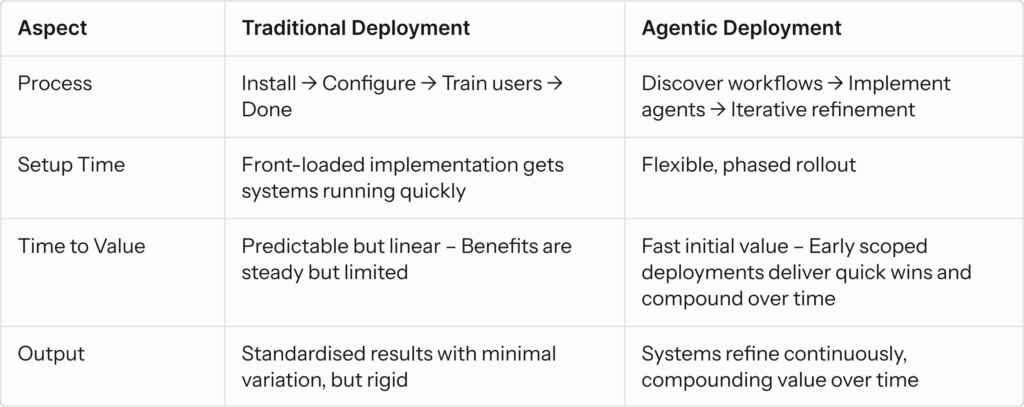
Agentic Deployment Options: VPC vs On-Prem
While agentic deployment emphasises flexibility in method, infrastructure choices determine how much control vs. agility organisations can exercise.
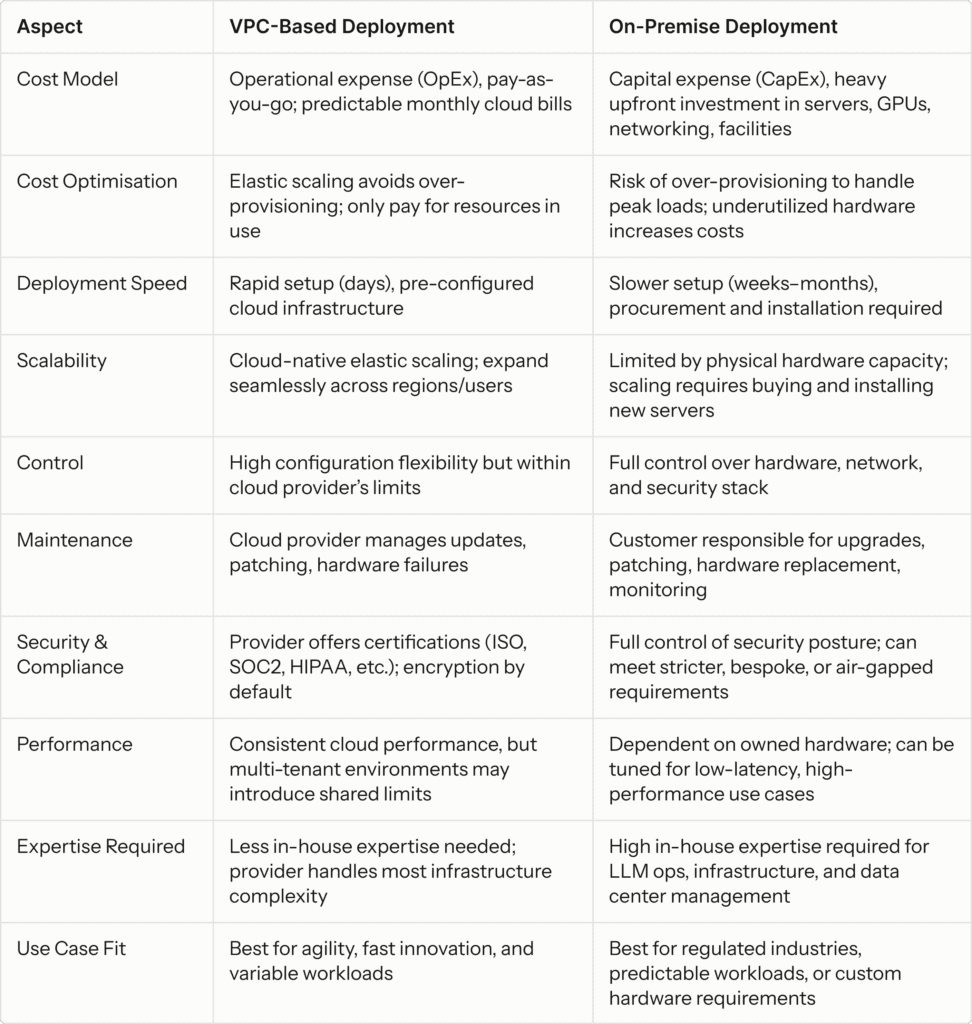
VPC Vs. On-Prem Deployment
On Prem Deployment Architecture

Client Kavida Deployment Architecture (EU) - VPC Deployment
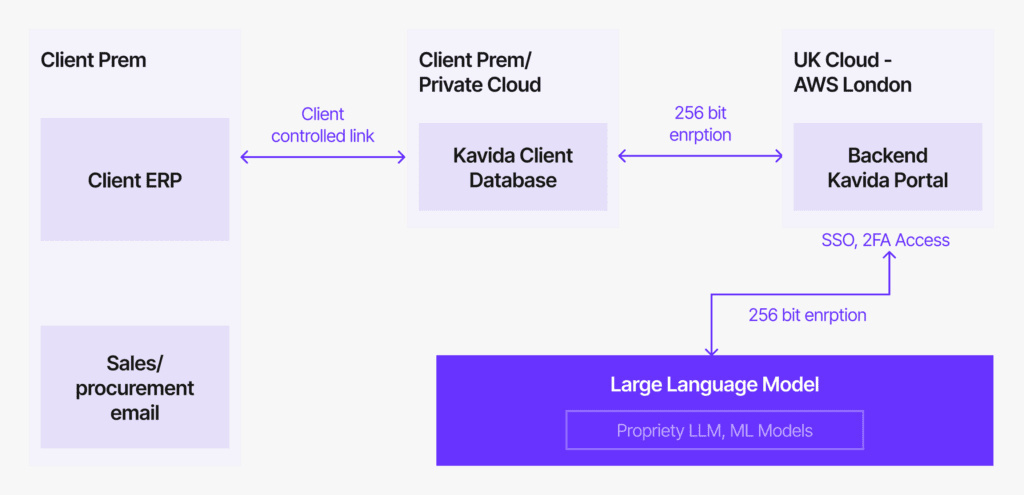
Traditionally, VPC deployment is better when agility, scalability, and lower upfront costs matter most, while on-premise is the stronger choice when maximum control, strict compliance, and deep customization are required.
Why This Matters
The agentic deployment approach you choose can enable teams to:
Data Quality Issues
Run in sovereign clouds bound by national laws, or in hybrid setups, to meet strict data location and governance requirements.
Integrate with Existing Identity Access Management Tools
Connect with your current identity and access management systems to control logins, visibility, and actions.
Phased Rollout
Enable compliance teams to carefully review and approve each stage before fully moving forward.
Data Access & Control: ERP and Email Integrations
For agentic AI to deliver real value complex manufacturing environments, it must integrate seamlessly into the systems where critical data lives, without overreaching or compromising security. Kavida’s deployment model is built on this principle: respecting boundaries while keeping full control in the hands of the client.
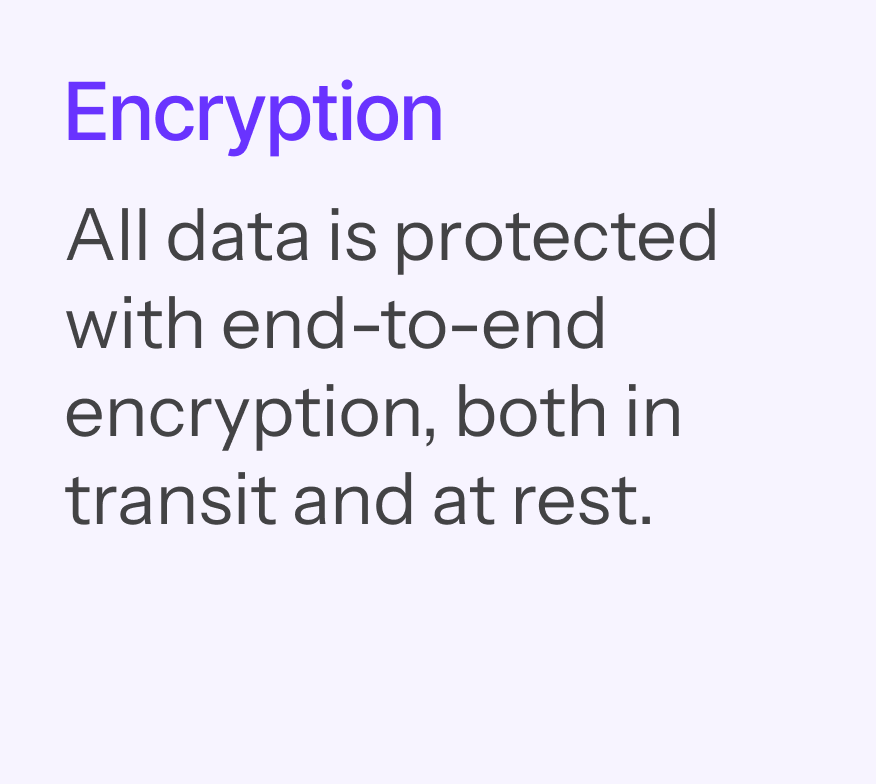
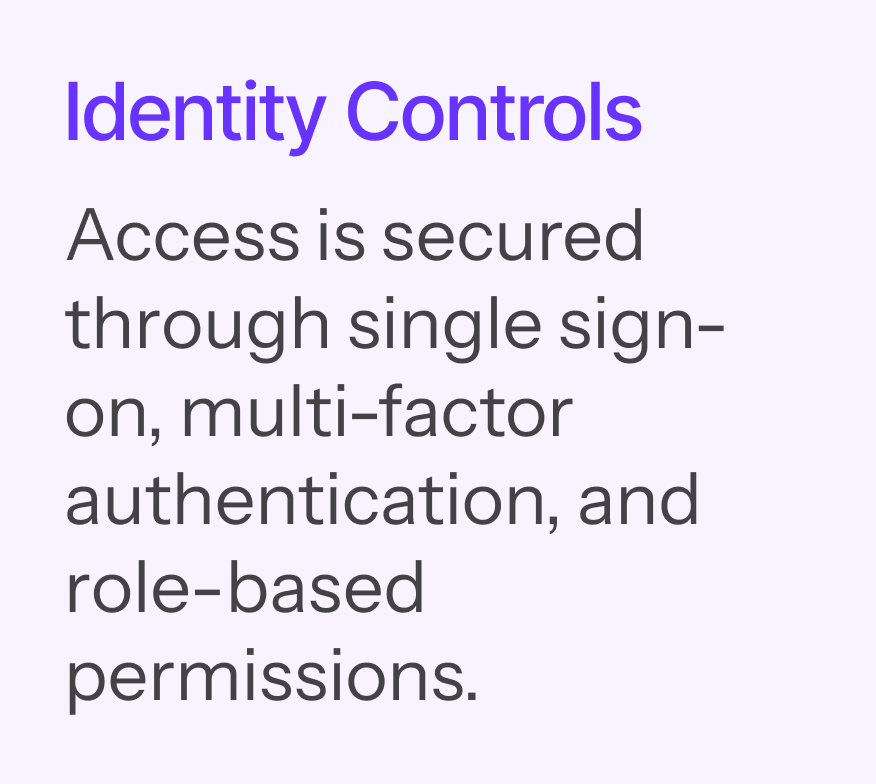
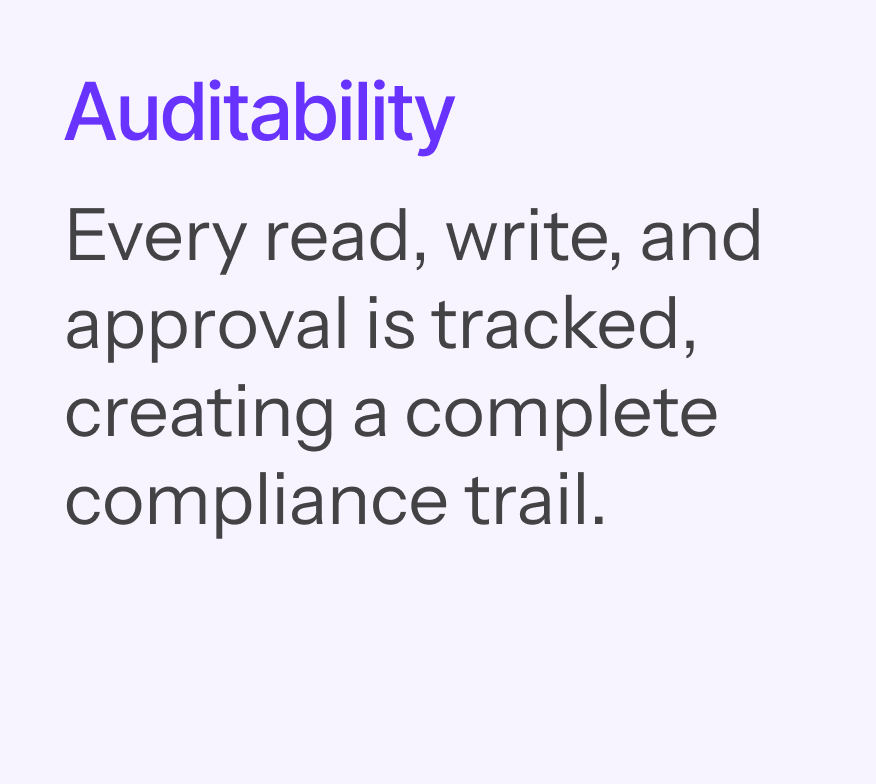
Agents That Integrate With Your ERP
- Standard API Access : Connections are made through existing ERP APIs (e.g., sales orders, purchase orders) rather than direct database access. Only the minimum necessary fields are read, such as order numbers, materials, dates, and quantities.
- Staging & Validation : All transactions flow first into a staging area where users review and approve changes before they are written back into the ERP. This ensures a human-in-the-loop safeguard at every step.
- Scoped Transactions : The system is designed to create or update only relevant documents (e.g., RFQs, sales orders, purchase order updates) instead of broad or unrestricted changes.
Agents That Integrate With Your Email
Shared Mailboxes by Default
Agents connect to designated workflow inboxes (such as sales@ or purchasing@) rather than personal accounts, ensuring both process continuity and privacy.
Flexible Access Options
- Direct Inbox Integration : AI reads and classifies relevant communications via secure, SSO-controlled access.
- Forward-to-Agent : For high-security environments, users can forward selected emails to a controlled mailbox for processing.
Controlled Automation
Agents draft responses (e.g., acknowledgements, clarifications) but never send directly. Every outbound message requires explicit user approval.
A Deployment Timeline That Works With, Not Against, Your Environment
High-stakes manufacturing industries, like aerospace and defense projects, can’t afford “big bang” rollouts that disrupt operations. Instead, the deployment framework is designed for validation at every step. This is how we do it at Kavida:
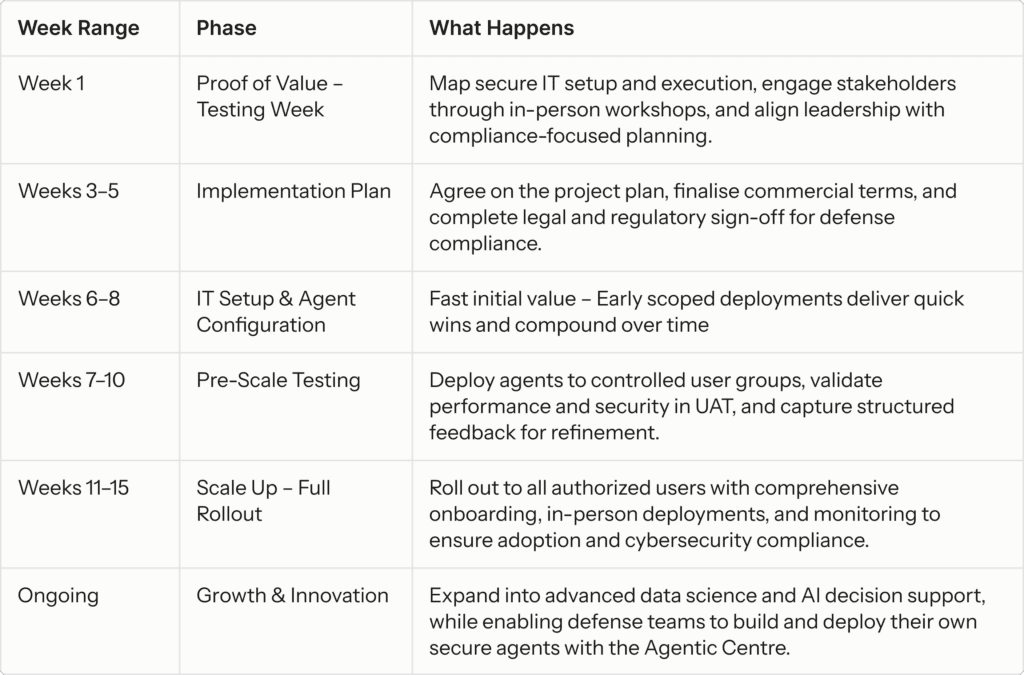
Here’s what you can expect at each stage of your agentic implementation.
STAGE 1
Proof of Value – Testing Week
POV Week is a hands-on, high-impact, one-week engagement where your team experiences Kavida’s AI running on your data, inside your workflows. It’s designed to move you from vision to reality—fast—so leaders can see value, users can feel the lift, and IT doesn’t get buried.
What to expect:
Light-touch setup on your systems and data (no heavy integration)
Live automations on real processes (sourcing, risk, PO follow-ups, and more)
Deep-dive workshops with functional teams and IT
Daily alignment with stakeholders; Friday executive playback and roadmap
Measurable outcomes by Week’s end—and a clear path to scale
Accelerate your AI roadmap:
In five days, we surface the highest-value use cases, validate them on your actual data, and build momentum across functions. Instead of months of slideware and inertia, you get real wins, visible excitement, and a concrete 2–3 year plan—powered by a vendor partner who pushes the work forward.
STAGE 2
Implementation Plan
Implementation Planning is a short but critical phase that turns POV momentum into a clear execution path. In 1–2 weeks, the team aligns on scope, secures approvals, and locks in the roadmap for deployment.
What to expect:
A detailed project plan with clear timelines and ownership
Finalized contracts and commercial agreements
Stakeholder workshops to align IT, business, and functional leaders
Risk, compliance, and legal checks completed upfront
Implementation pillars for each phase
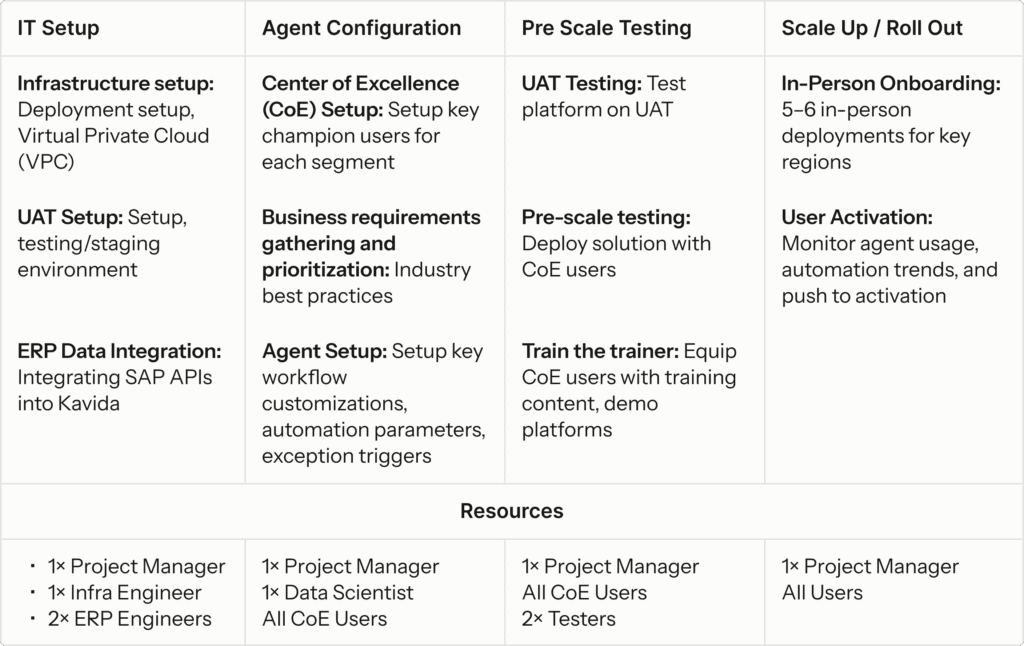
How it speeds up deployment:
This stage removes uncertainty and prevents delays. With scope agreed, responsibilities defined, and approvals in place, the team enters IT Setup ready to execute with confidence.
STAGE 3
IT Setup & Agent Configuration
Over 4–6 weeks, Kavida and your team set up secure infrastructure, connect ERP and email systems, and configure agents to match your workflows. This ensures the platform is stable, compliant, and ready for testing.
What to expect:
Infrastructure setup: VPC, staging, and UAT environments
ERP & email integration: Live SAP API and inbox connections
Agent configuration: Workflow rules, automation settings, and exception handling
User engagement: Discovery sessions and validation with CoE users
Scope documentation: Prioritized features and resolved blockers
Agent configuration roadmap
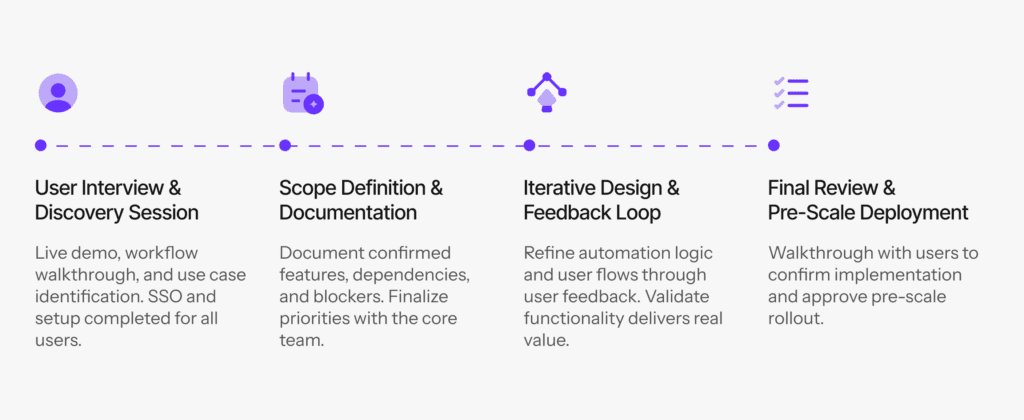
Clear the path to scale
Kavida will fully scope the needs of all licensed users, ensuring alignment across users, the business, and the Kavida team. The process concludes with a frozen scope and clear deadlines, setting the foundation for a successful, on-time rollout.
By the end, Kavida is securely embedded in your systems, agents are tailored to your needs, and integrations are tested in a safe environment. You enter Pre-Scale with a clear scope and proven setup—so rollout is focused on adoption and value, not fixing fundamentals.
STAGE 4
Pre-Scale Testing
Pre-Scale is a focused 4-week pilot phase where agents are tested with a small group of users. The goal is to validate functionality, gather structured feedback, and fine-tune the setup before rolling out to the full organization.
Pre-Scale Roadmap
To ensure a smooth rollout, a small-scale deployment will validate agent performance, gather structured feedback, and optimize configuration.
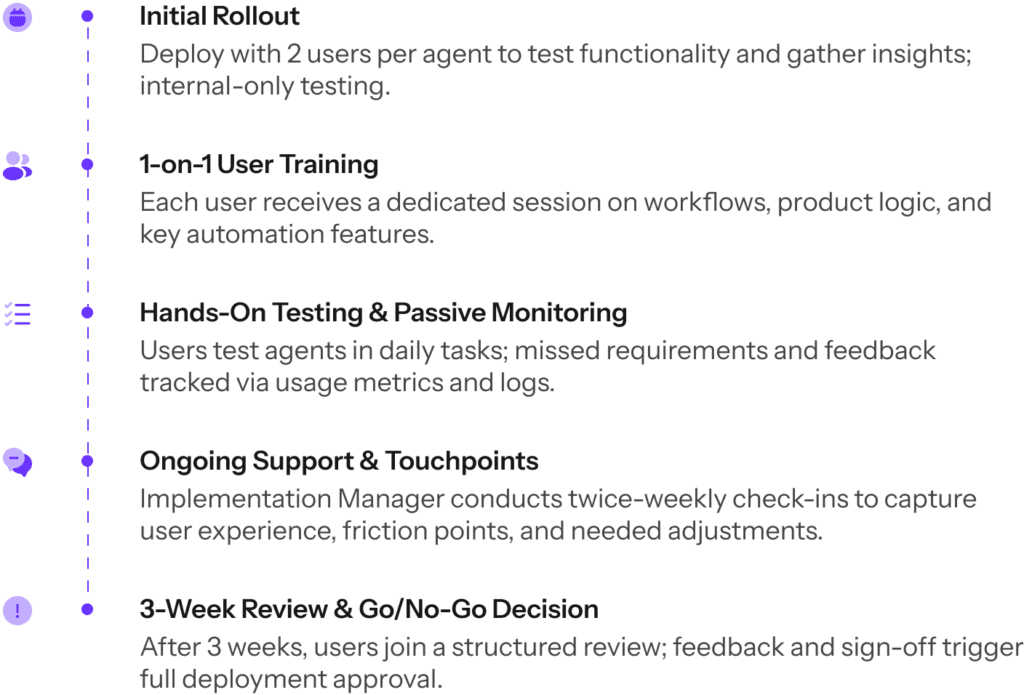
Safeguard your scale-up
Pre-Scale acts as a safety net—validating that automations work in real conditions, training users, and addressing friction points early. By the time you move to Scale-Up, the system is proven, users are confident, and risks are minimized.
STAGE 5
Scale Up – Full Rollout
Full Scale Rollout is where the solution goes live across all licensed users. After Pre-Scale validation, the Implementation Manager transitions ownership to the dedicated Client Success Manager (CSM), who drives adoption, monitors performance, and ensures users see ongoing value.
What to expect:
Comprehensive onboarding with tutorials, documentation, and in-person + virtual training
Dedicated CSM as the single point of contact for feedback, support, and guidance
Structured rollout plan across teams, supported by live Q&A and in-app guidance
Adoption monitoring via dashboards and scheduled check-ins (2w, 1m, 3m)
Continuous feedback loop to refine functionality and surface opportunities for expansion
Drive adoption and innovation
At this stage, Kavida becomes part of everyday workflows. Users are supported, adoption is tracked, and improvements are implemented quickly—ensuring the deployment delivers sustained value at scale.
STAGE 6
Growth & Innovation
Growth & Innovation is the stage where Kavida moves beyond initial deployment to unlock long-term value. With the foundation in place, the focus shifts to expanding use cases, embedding AI deeper into operations, and enabling your team to build and scale new agents independently.
What to expect:
New use cases launched – extend automation to additional functions and processes
Advanced data science applications – apply Kavida to predictive, risk, and optimization challenges
Agentic Centre enablement – empower your team to design and deploy agents with Kavida’s no-code/low-code tools
Continuous improvement – refine existing agents with ongoing feedback, usage insights, and evolving business needs
Innovation workshops – co-create a roadmap for new capabilities and long-term AI adoption
Unlock lasting value
This stage ensures Kavida is not just a point solution but a scalable platform for innovation. Your organization can continuously adapt, expand, and build on its AI foundation—driving compounding value and resilience over time.
The Bottom Line: Flexibility is the Future
The old view of AI deployment: rigid, disruptive, incompatible is fading fast. Agentic AI, when deployed with flexibility-first principles, is perfectly suited for high-security, compliance-heavy industries like aerospace and defense.
With a phased rollout, custom-fit infrastructure options, and governance baked in from day one, Kavida.ai creates agents that enhance operational readiness rather than disrupt it.
The next chapter for global supply chains isn’t about choosing between security and innovation. It’s about deploying AI in a way that delivers both, without compromise.
Related articles

Integrating Multiple Systems for Faster Decisions & Instant Data Access
In today's fast-paced business world, procurement and supply chain teams need to make decisions quickly and accurately. But for many organizations...
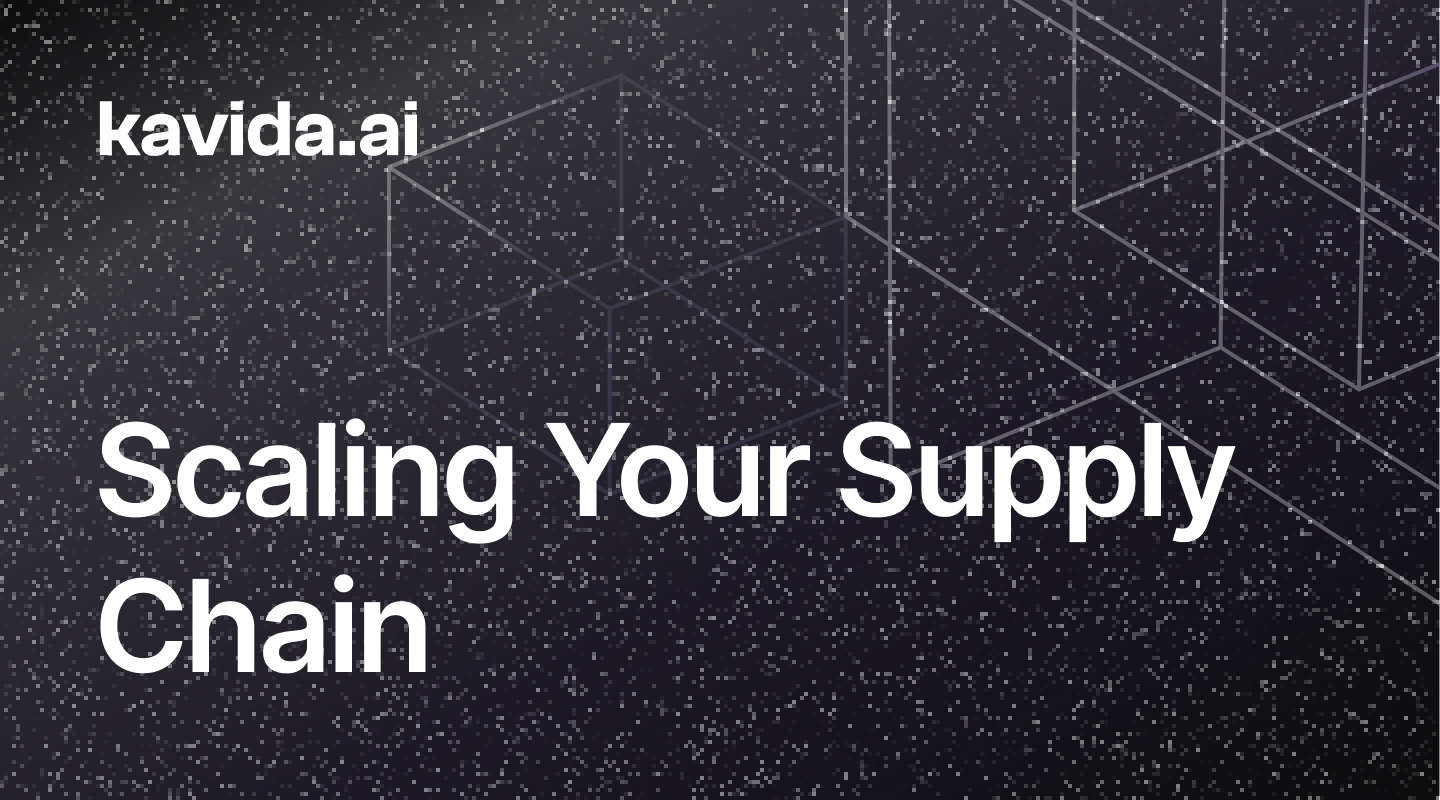
How to Scale Your Supply Chain Without Scaling Headcount
In the past, scaling a supply chain meant adding more people. More buyers. More planners...
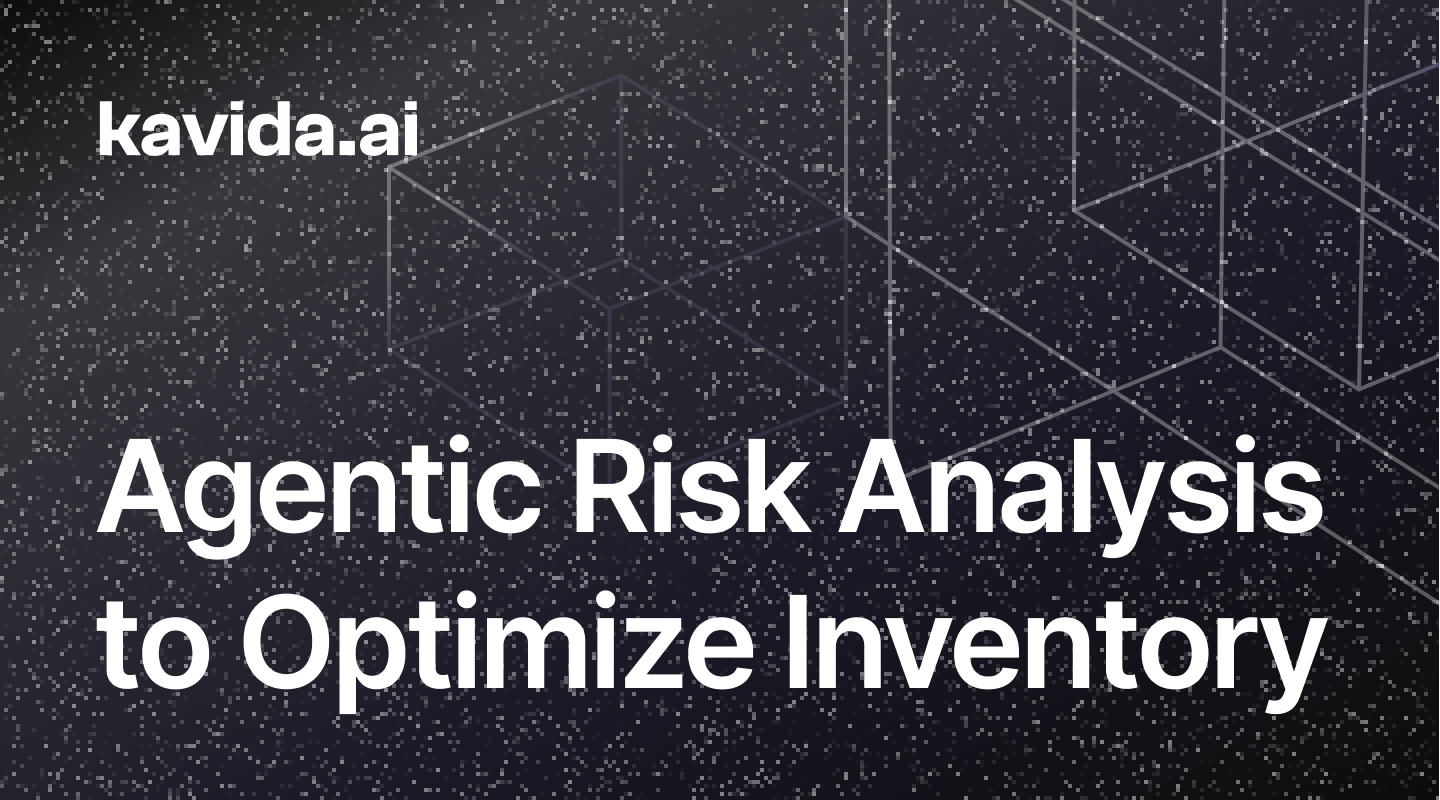
Buffer Stock Is a Symptom of Blind Spots – How Agents Use Risk Analysis to Optimise Inventory
In supply chain circles, buffer stock is often seen as a smart move - a little extra product tucked away...

